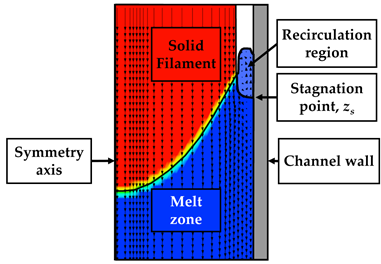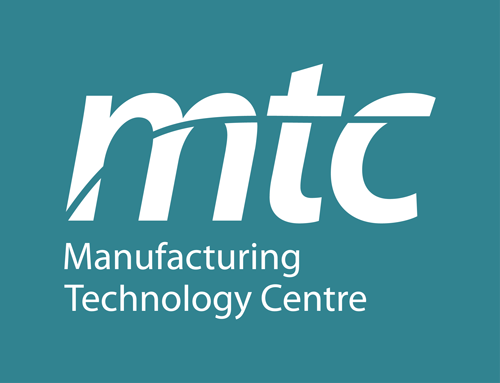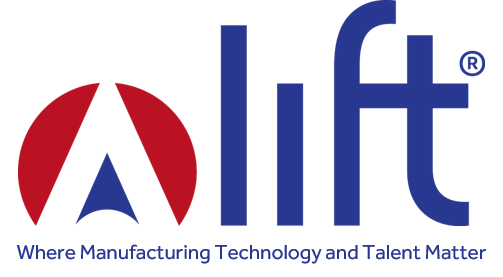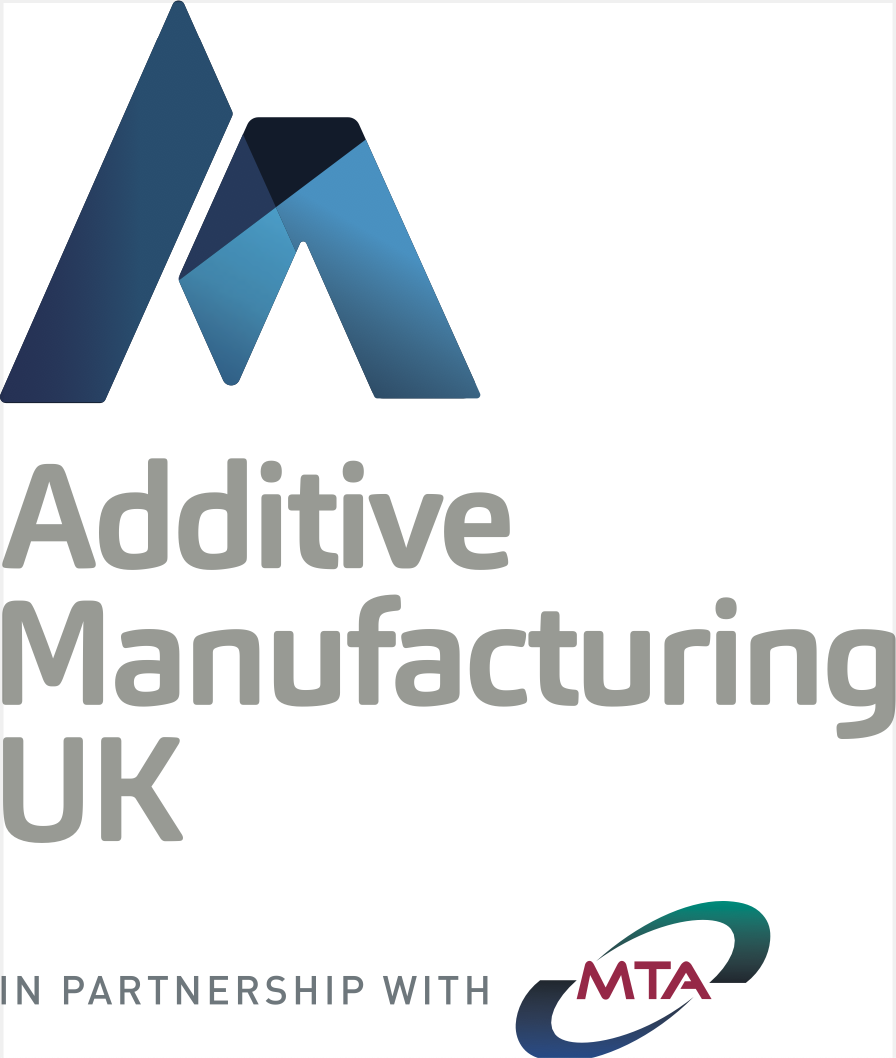Non-Laser Based AM Processes
Binder Jetting
Binder jetting is a non-laser based additive manufacturing process where binder material is jetted onto a powder substrate by way of inkjet printheads. The binder then cures, fusing the powders together to create solid 3D parts. FLOW-3D AM is used to look at both powder spreading and compaction, as well as droplet ejection, impingement, and wetting behaviors. By using FLOW-3D DEM researchers can understand how binder material properties, distribution, and cohesion will influence powder bed density and uniformity. Further, researchers can use FLOW-3D to simulate binder ejection and impact as it relates to ejection velocities, frequency, and material properties including surface tension, viscosity, and non-Newtonian behavior with shear-dependencies and visco-elastic effects.
Droplet Ejection
This piezo inkjet ejection simulation looks at the nozzle ejection of droplets from a piezoelectric inkjet where ejection velocities, frequency, and material properties will have an effect on droplet shape and volume.
Droplet Impingement
Simulating droplet impingement onto a powder bed gives researchers insights into how fluid rheology, droplet velocities, capillary action, and wetting behavior influence uniformity within the part.
Fused Deposition Modeling
FLOW-3D has powerful multiphysics capabilities useful for simulating the fused deposition modeling (FDM) process. These CFD models help optimize flow characteristics of the heated polymer through the extrusion channel. Additionally, the influence of nozzle geometry, material properties of the polymer, liquefier temperature and extrusion speeds play an important role in the stability of the build process.
Numerical modeling of the polymer flow through the hot-end in filament-based material extrusion additive manufacturing
Researchers from the Technical University of Denmark developed a CFD model that sheds light on the FDM process. As the solid filament moves through the liquefier, it contacts the chamber walls that melts the filament. The liquefier then fills up with molten filament. A recirculation region of low temperature and high viscosity is formed near the interface of the solid and liquid filament, which is crucial to preventing the backflow of polymer as seen below.
Such models can illustrate the effects of conduction, convection and radiation on filament melting and flow. The researchers used CFD to study different channel designs that improve heat transfer and maximize the extrusion rate of the filament, ensuring a stable regime. Such models help optimize the pressure drop inside the nozzle, resulting in smaller torque requirements for the stepper motor used to extrude the polymer. This analysis paves the way for faster build rates for fused deposition modeling and a wider adoption of materials that can be additively manufactured.
Reference: Marcin P. Serdeczny, Raphaël Comminal, Md. Tusher Mollah, David B. Pedersen, Jon Spangenberg, Numerical modeling of the polymer flow through the hot-end in filament-based material extrusion additive manufacturing, Additive Manufacturing, 36; 101454, 2020. High-fidelity modeling of thermal stress for additive manufacturing by linking thermal-fluid and mechanical models





